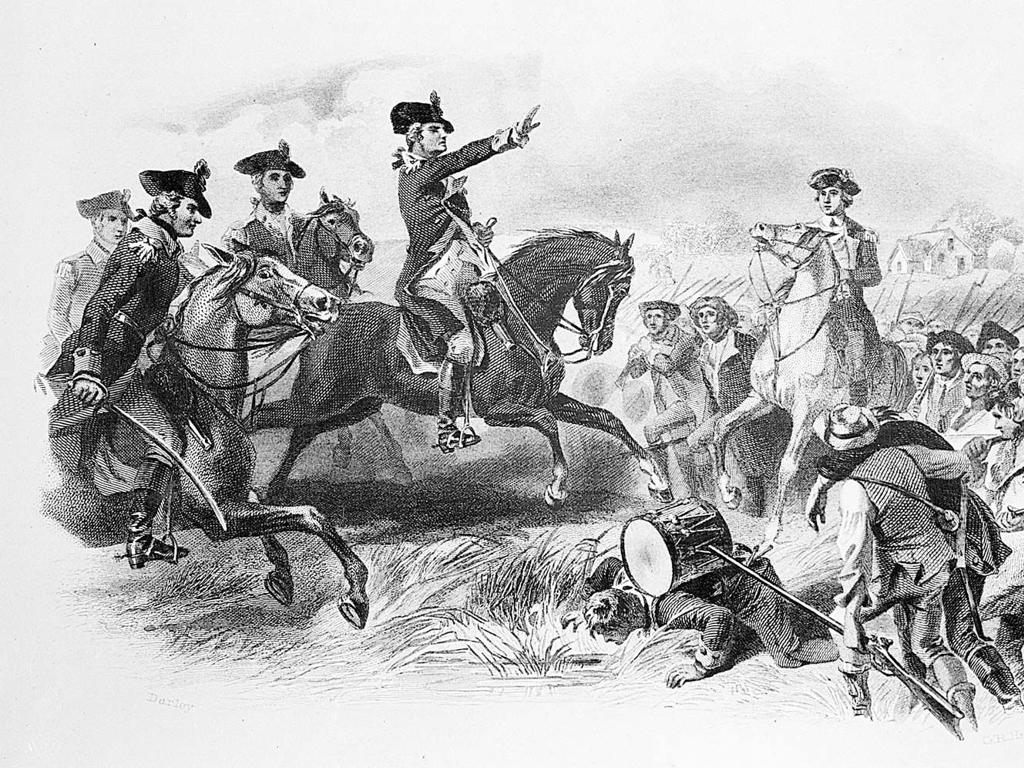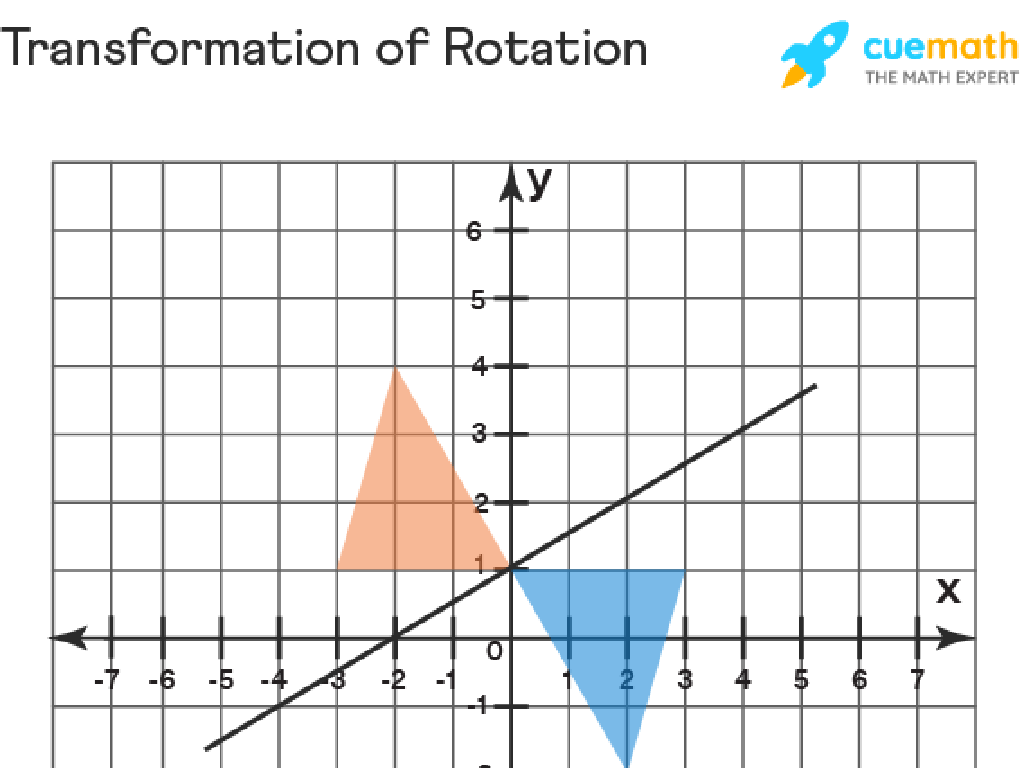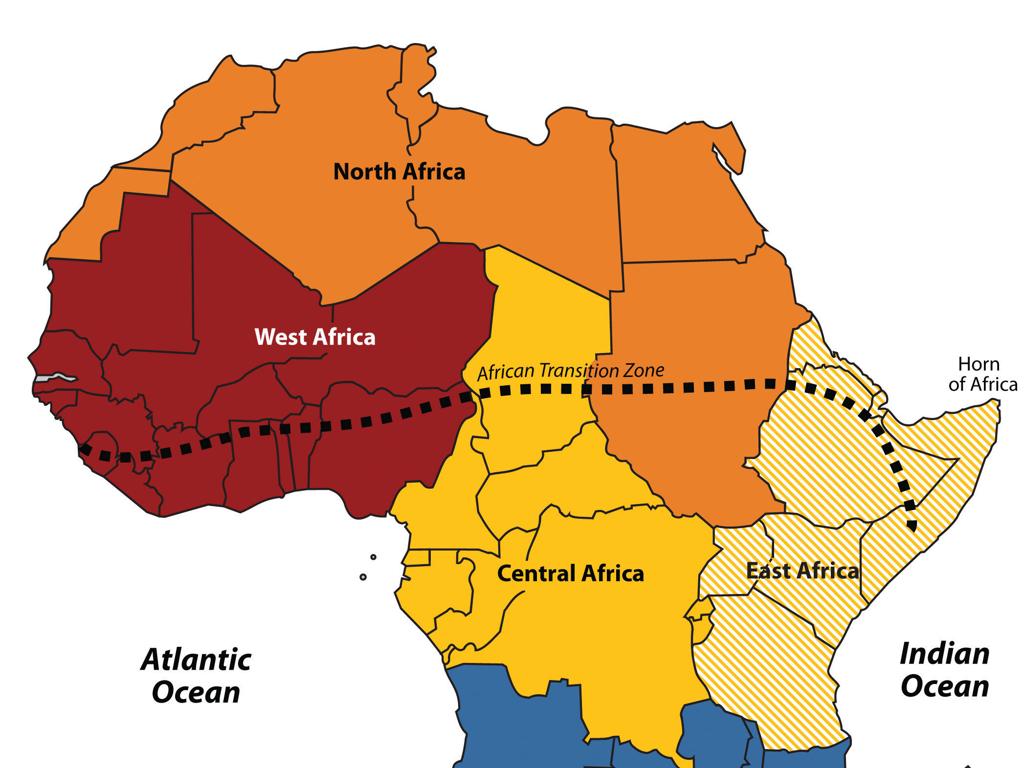Multiply Decimals Using Grids
Subject: Math
Grade: Fifth grade
Topic: Multiply Decimals
Please LOG IN to download the presentation. Access is available to registered users only.
View More Content
Multiplying Decimals Using Grids
– Decimals in daily life
– Money and measurements often use decimals
– Reviewing multiplication basics
– Multiplication combines groups of equal size
– Introduction to decimal grids
– Practice multiplying with grids
– Use grids to visualize decimal multiplication
|
This slide introduces the concept of multiplying decimals using grids, a visual method that helps students understand how multiplication of decimals works. Start by discussing the prevalence of decimals in everyday life, such as in currency and measurements, to show the practical application of what they’re learning. Then, briefly review the basics of multiplication and how it applies to whole numbers, setting the stage for understanding how it also applies to decimals. Introduce the concept of using grids as a tool to help visualize the process of multiplying decimals. Provide examples and practice problems for students to work through, ensuring they grasp the concept. Encourage students to ask questions and work through the problems at their own pace.
Understanding Decimals
– Decimals as fractions of a whole
– Like pieces of a pie, decimals show parts of a whole number.
– Decimals are based on the number 10
– Our number system is decimal, meaning it’s organized in groups of 10.
– Each decimal place has a value
– The value of a place decreases by 10 times as it moves right (tenths, hundredths).
– Decimal positions are significant
– The position of a digit in a decimal number determines its actual value.
|
This slide introduces the concept of decimals to fifth-grade students, explaining that decimals are a way to express fractions and are part of our base-10 number system. Each place in a decimal number has a value, which is a power of ten, and the position of the digit within the number is crucial for determining its value. For example, in the decimal 0.25, the ‘2’ is in the tenths place and the ‘5’ is in the hundredths place. Understanding the value and position of each digit is essential for performing operations like multiplication using grids. Encourage students to think of decimals in terms of money, as this is a relatable context where decimals are commonly used.
Multiplying Decimals Using Grids
– Grids visualize multiplication
– Imagine each square as a piece of a whole
– Each grid square has a value
– If a grid has 100 squares, each is 1% or 0.01
– Grids for whole numbers & decimals
– Fill squares to represent numbers and multiply
– Practice with decimal grids
|
This slide introduces the concept of using grids as a visual tool to help students understand and perform multiplication with decimals. Explain that each square in the grid represents a specific value, which helps in breaking down the multiplication process into more manageable parts. Emphasize that this method is not just for whole numbers but can be extended to decimals, making it a versatile tool for various mathematical problems. Encourage students to practice by creating their own grids and using them to multiply different decimal numbers, reinforcing their understanding through hands-on experience.
Setting Up Our Grids for Multiplying Decimals
– Draw a grid for the numbers
– Make sure the grid has enough squares for the number of digits in both decimals.
– Place decimals on top and side
– Write one decimal across the top and the other down the side, aligning the digits.
– Each square is a place value
– The value of each square corresponds to the place value it represents in the product.
– Understand grid representation
|
This slide is focused on teaching students how to set up grids for multiplying decimals. Start by drawing a grid large enough to accommodate the multiplication of the two decimal numbers. Place one decimal number at the top of the grid and the other along the side, ensuring that each digit is properly aligned with a column or row. Explain that each square in the grid will represent a specific place value in the final answer. This visual representation helps students understand how each part of the decimal numbers contributes to the final product. Encourage students to practice setting up grids with different decimal numbers to become comfortable with the process.
Multiplying Decimals Using Grids
– Fill grid by multiplying digits
– Multiply each digit in rows and columns
– Align decimal points correctly
– Place decimals in line with the factors
– Combine values for the product
– Add the multiplied numbers to find the total
|
This slide introduces the process of multiplying decimals using grids, a visual method that helps students understand the concept better. Start by explaining how to set up the grid with the numbers to be multiplied, ensuring that each digit is in the correct place value column. Emphasize the importance of aligning decimal points vertically to maintain the correct place value. After filling in the grid with the products of each digit, guide students to combine these values to find the final product. Practice with several examples, and encourage students to work through the steps independently with different decimal numbers.
Multiplying Decimals Using Grids
– Set up a grid for 0.3 and 0.4
– Multiply parts within the grid
– Each square represents a part of the decimal
– Fill in the grid with products
– Write the product of each part in its square
– Add parts to find the total
– Sum the products of the grid squares
|
This slide introduces students to the concept of multiplying decimals using a grid method. Start by setting up a grid with one decimal along the top and the other along the side. Break down the decimals into parts and multiply each part, filling in the corresponding squares on the grid. After completing the grid, guide students to add up the products of the squares to find the total product. This visual method helps students understand the process of decimal multiplication concretely. For example, multiplying 0.3 by 0.4, we set up a 10×10 grid, shade 3 columns and 4 rows, and the overlapping squares (12 in this case) represent the product (0.12).
Practice Time: Multiplying Decimals with Grids
– Let’s solve examples together
– Use grids to multiply decimals
– Place each digit in its own square, then shade to find the product
– Share your solutions with the class
– Discuss different methods and answers
– Understand decimal multiplication
– Visualize how decimals multiply, not just calculate
|
This slide is designed for an interactive class activity where students will apply their knowledge of multiplying decimals using grids. Start by working through an example as a class to demonstrate the process. Students should then use grid paper to multiply the given decimal numbers, which helps them visualize the multiplication process. Encourage students to share their answers and methods with the class to foster a collaborative learning environment. This activity will help solidify their understanding of decimal multiplication and prepare them for more complex problems. Provide guidance and support as needed, and offer several examples for students to practice. Possible activities include multiplying decimals with different place values and comparing products of similar decimals to understand the impact of digit placement.
Class Activity: Decimal Multiplication Race
– Team up for a timed challenge
– Receive decimal multiplication problems
– Solve using grids swiftly
– Grids help visualize decimal places
– Aim to finish first with correct answers
|
This activity is designed to make learning multiplication of decimals engaging and competitive. Pairs of students will be timed to add urgency and excitement to the task. Provide each pair with a set of decimal multiplication problems of varying difficulty. Emphasize the use of grids to solve the problems, as this visual aid helps students understand how decimal places are affected during multiplication. The first pair to correctly complete their set wins a small prize. Possible variations of the activity could include relay races, where each student solves one step of the problem, or a ‘beat the clock’ challenge where each pair tries to beat their previous best time.
Conclusion & Homework: Mastering Decimal Multiplication
– Excellent work with decimal grids!
– Keep practicing decimal multiplication
– Homework: Finish the worksheet
– Worksheet includes various problems to reinforce today’s lesson
– Aim for accuracy and speed
– Practice will help improve both your precision and quickness
|
Today’s class focused on using grids to multiply decimals, a visual method that helps students understand the concept better. As we wrap up, it’s important to acknowledge the students’ efforts and encourage them to continue practicing at home to solidify their understanding. The provided worksheet for homework contains a variety of problems that will challenge the students and ensure they apply the skills learned in class. Remind them that accuracy is important, but they should also work on solving the problems more quickly as they become more comfortable with the process. In the next class, we can review any challenging problems and celebrate their progress.






